Värmland
WELCOME TO Värmland
County Overview
Karlstad
17,583 km2
282,231
Swedish
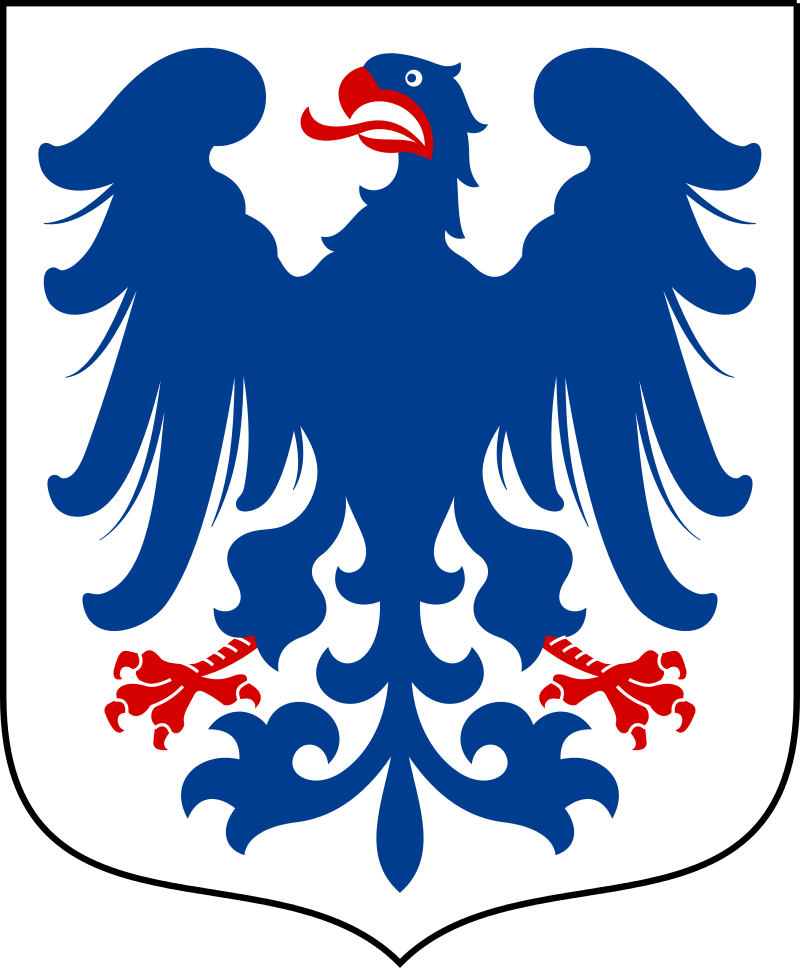
Popular
Geography and Tourist Attractions
Information about the province's tourist attractions, including popular destinations, events, and activities.
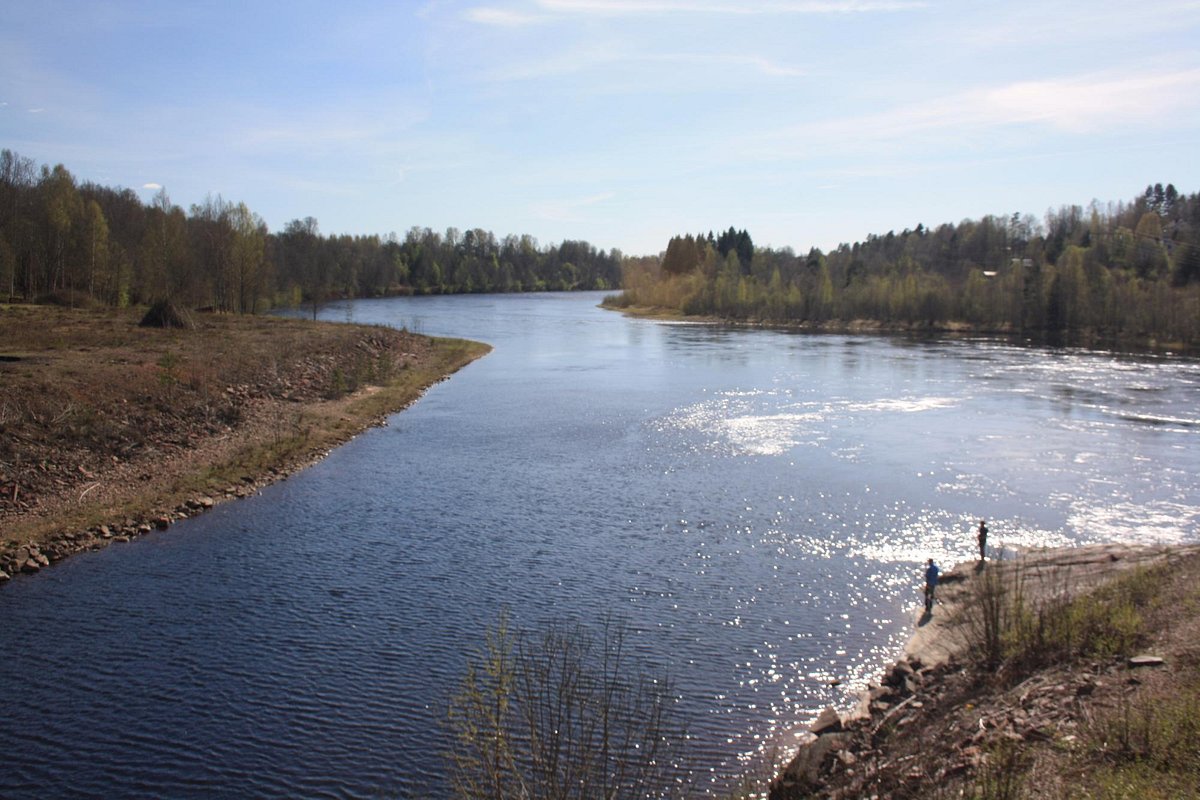
Klarälven River
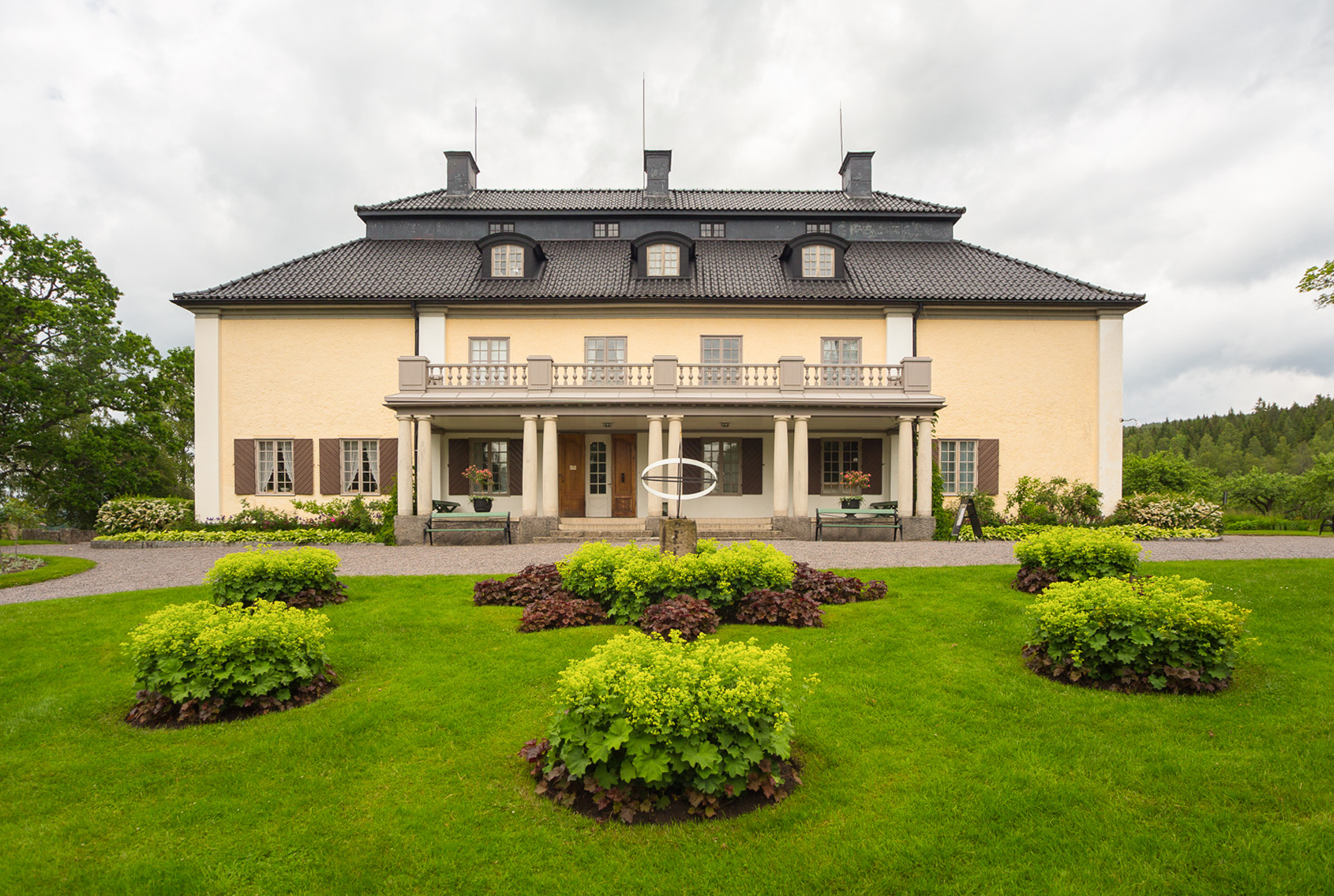
Selma Lagerlöf's Mårbacka
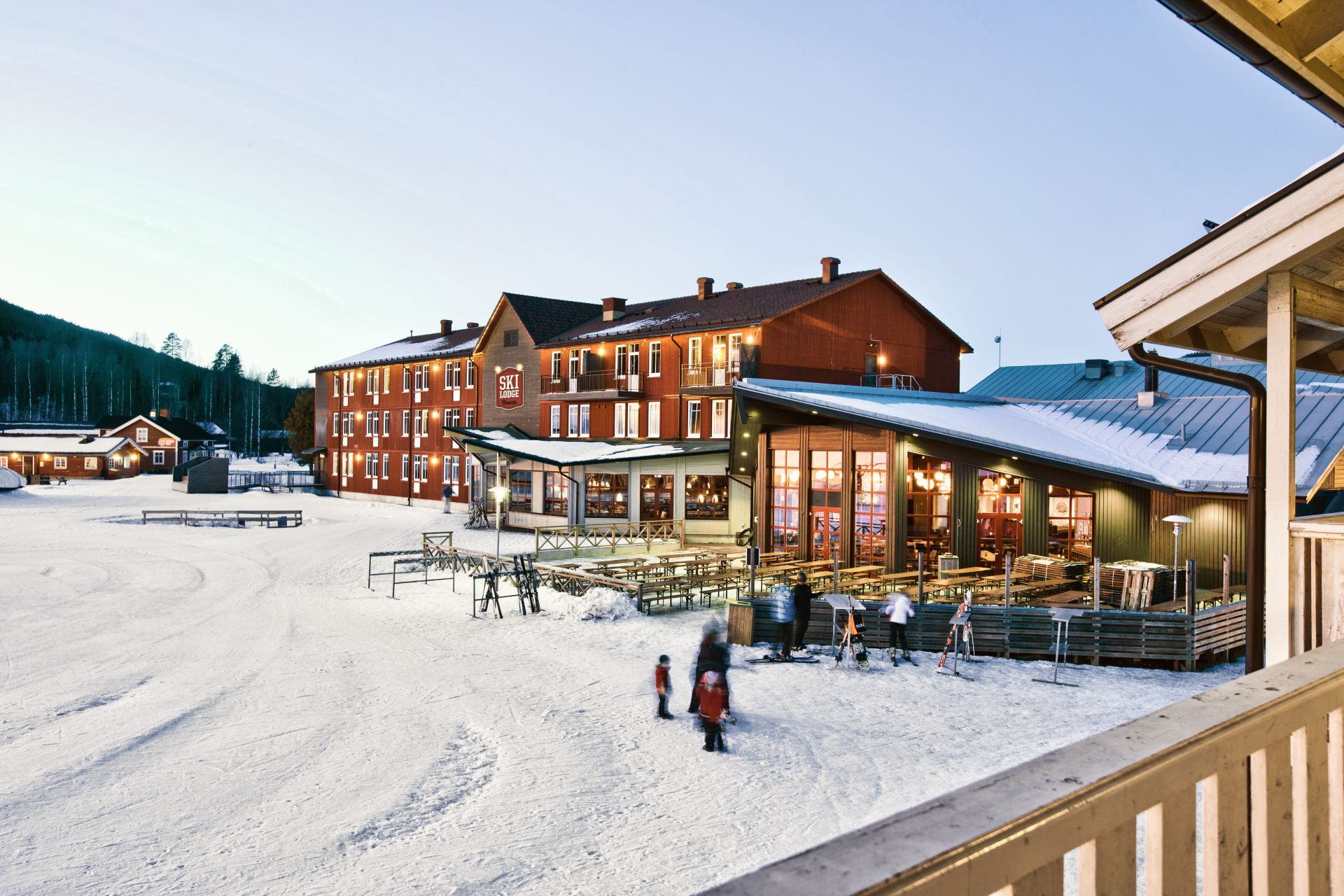
Branäs Ski Resort
Political
Economy and Government
Värmland is primarily an agricultural region, with forestry and manufacturing also playing important roles in the economy. The main crops grown in the area include grains, potatoes, and vegetables. The region is also known for its production of pulp and paper, as well as wood products.
In terms of government, Värmland is governed by a county council, which is responsible for issues such as healthcare, public transportation, and education. The council is made up of elected representatives from across the region.
Tourism is also an important part of the local economy, with visitors drawn to the region's beautiful natural scenery, historic sites, and cultural attractions. In recent years, there has been a push to promote Värmland as a hub for creative industries, with a focus on design, music, and the arts.
The region is known for its high quality of life, with a strong sense of community and a commitment to sustainability. There are many initiatives aimed at promoting sustainable development in the region, such as renewable energy projects and organic farming practices. Overall, Värmland's economy and government reflect a commitment to balance economic growth with social and environmental responsibility.
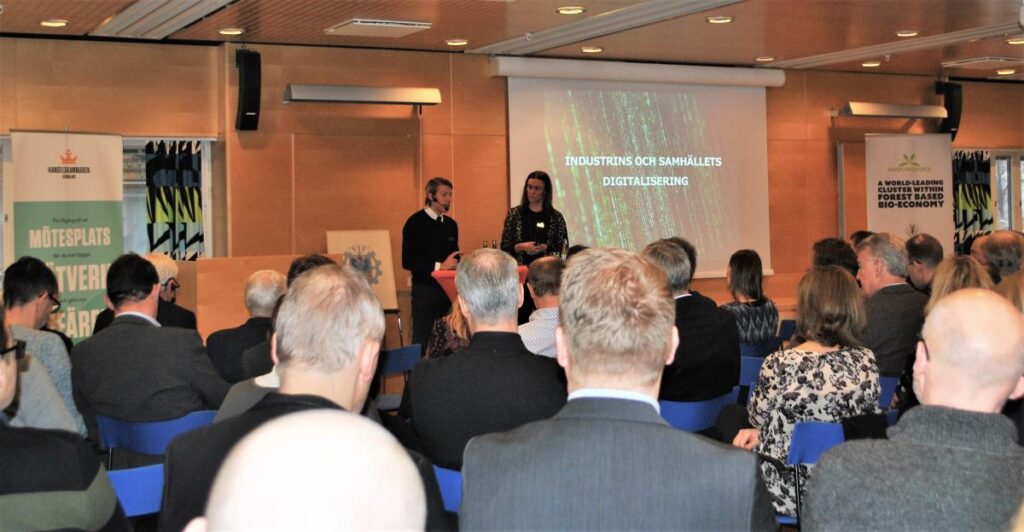
History
History and Culture
Värmland has a rich history and cultural heritage that dates back to the Viking era. The region is known for its folk traditions, including music, dance, and storytelling. Many of these traditions are still celebrated today, with festivals and events held throughout the year.
One of the most famous cultural figures from Värmland is Selma Lagerlöf, the first woman to win the Nobel Prize in Literature. Lagerlöf grew up in the region and her childhood home, Mårbacka, is now a popular tourist attraction.
The region is also home to many museums and historic sites that offer a glimpse into Värmland's past. The Sunne Värmland Museum, for example, showcases the history of the region from prehistoric times to the present day.
In addition to its rich cultural heritage, Värmland is also known for its natural beauty. The region is home to many lakes, rivers, and forests, making it a popular destination for outdoor activities such as hiking, fishing, and skiing.
Overall, Värmland's history and culture are an important part of its identity, with a deep respect for tradition and a commitment to preserving the region's unique heritage for future generations.
HOTELS

Selma Spa+
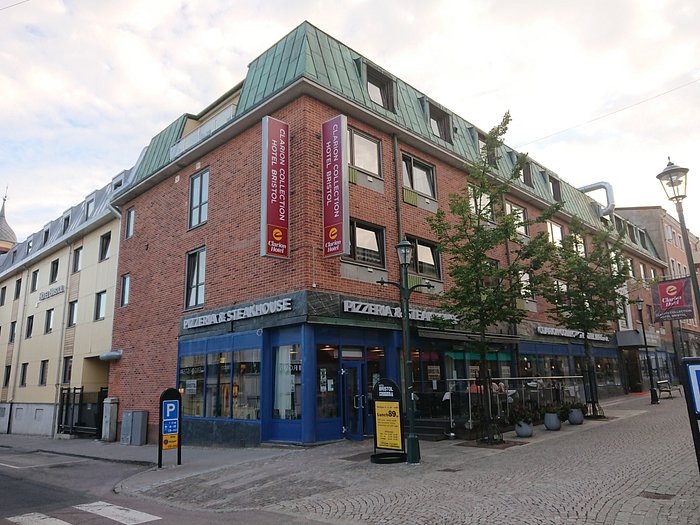
Clarion Collection Hotel Bristol

Scandic Winn
RESTAURANTS
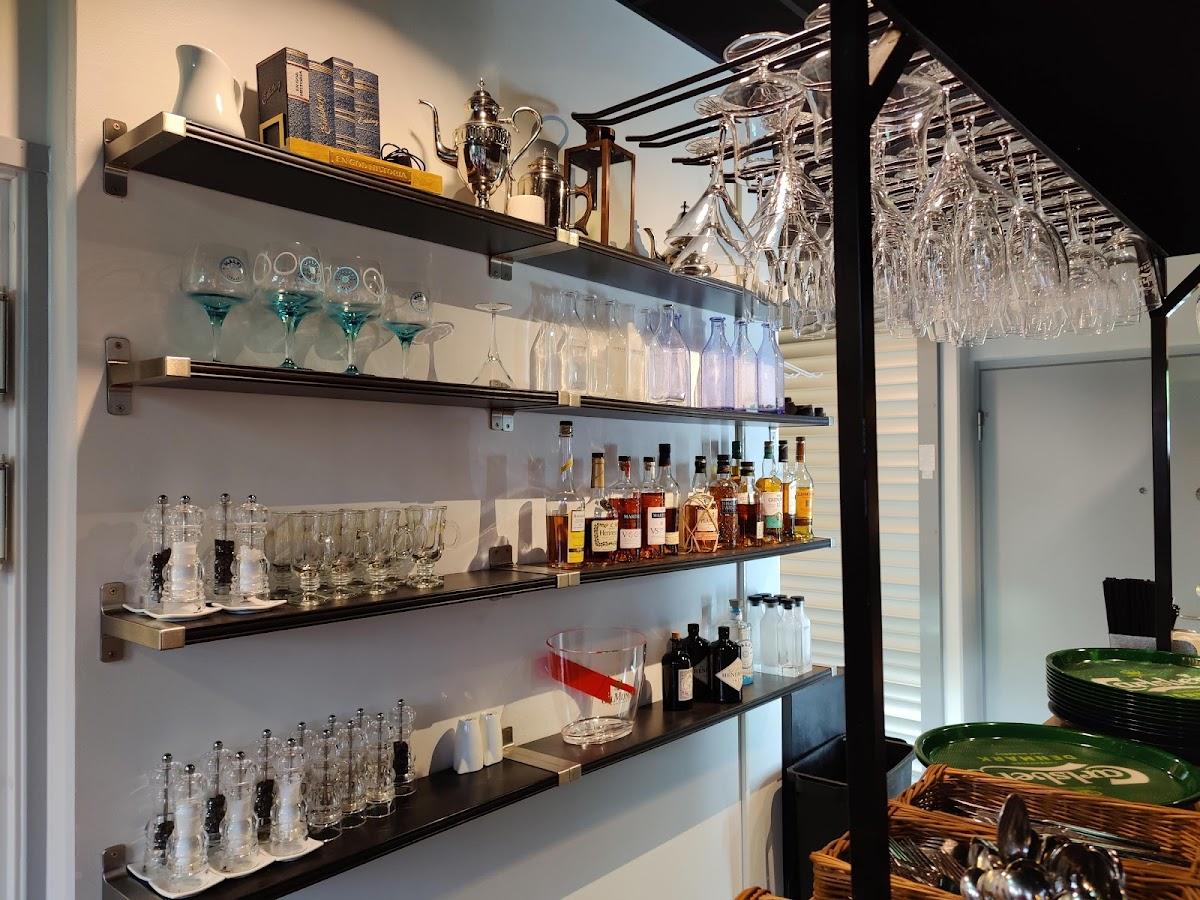
Bryggan Kök & Rum
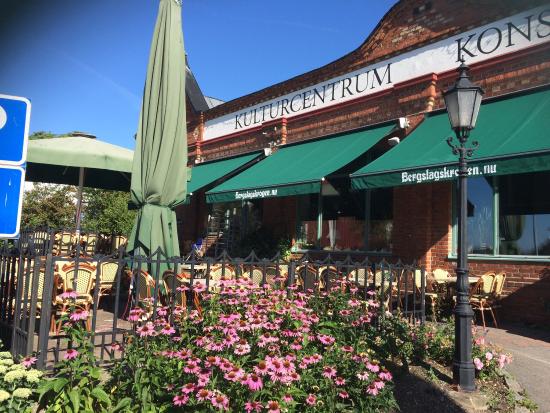
Bergslagskrogen

